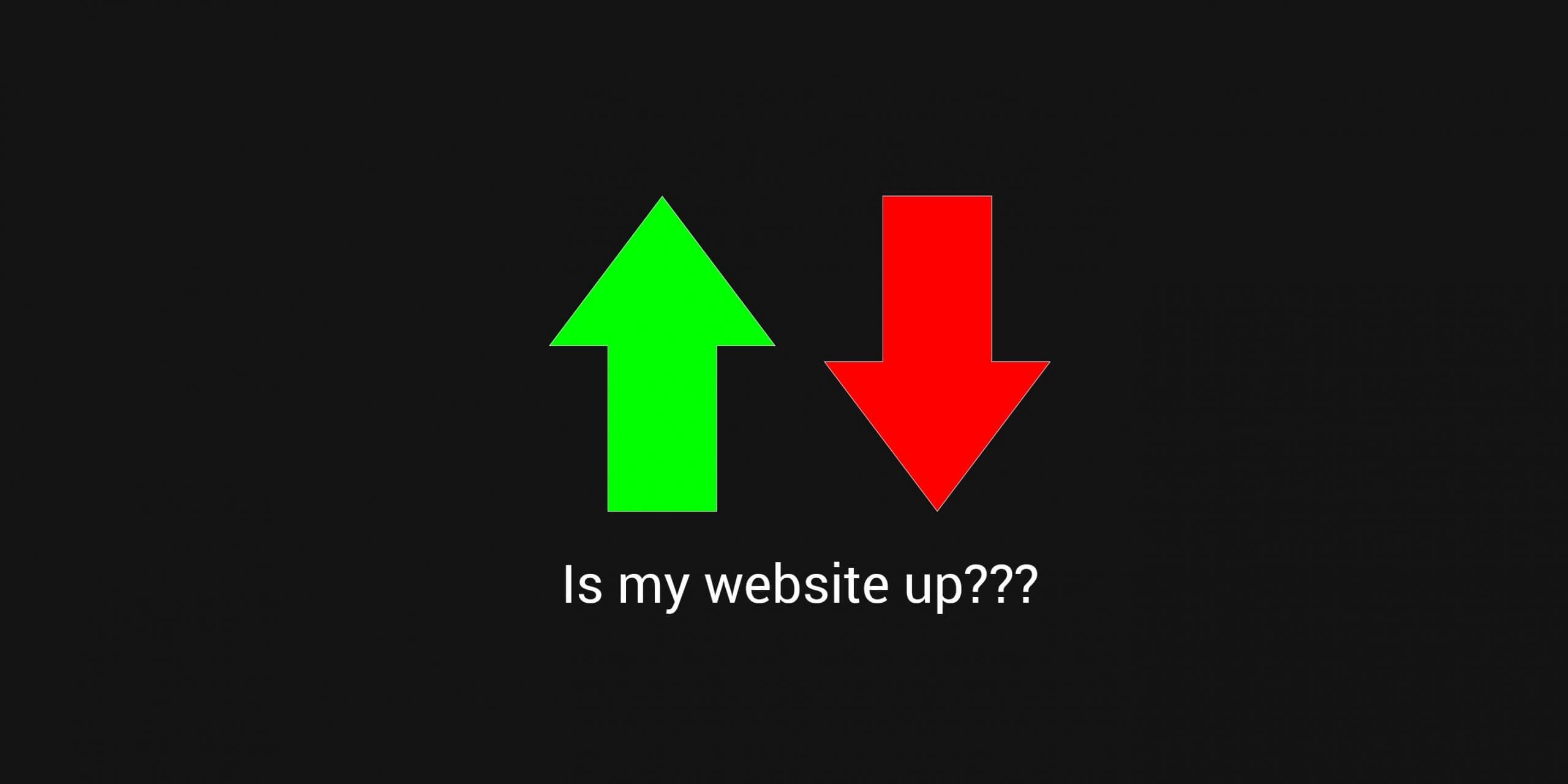Even the best and most reliable of servers can have downtime. There is no hardware that is totally immune to website downtime issues. With that said, how can you be notified when your site is down?
There are various ways you can verify if your site indeed is down or if it is just a false flag. Often, there might be a tendency to panic and assume that your site is down. As a result, at times it might be your own website that is facing an issue — probably overuse of server resources or a faulty WordPress plugin. Yet, it might appear that the entire server is down.
How to Monitor Your Website’s Downtime?
So, how do you prepare yourself for such cases? This article will discuss ways in which you can monitor the uptime of your websites and be alerted when there is actual downtime.
Website Monitoring Tools and Services
There are various website monitoring tools and services that can help you keep an eye on your website’s uptime and downtime. Here are a few commonly used options:
Uptime Robot
Uptime Robot is a popular and very reliable solution when it comes to monitoring the uptime of your site. It can alert you about website downtimes, check your site at regular intervals and even provide detailed statistics related to the performance of your site.
Uptime Doctor
Uptime Doctor is another similar solution that can regularly keep track of your website’s uptime and alert you about any downtimes as and when they occur. You can view detailed reports of your website’s downtime and export the said reports for sharing with others.
Pingdom
Pingdom offers trustworthy website uptime monitoring solutions for both individual and enterprise clients. Its free version is not as feature packed as that of Uptime Doctor or Uptime Robot, but Pingdom has long been a very well-established name in this field and is generally considered a more reliable solution.
Jetpack Monitor
For WordPress users, Jetpack offers a free module that can alert you about website downtimes. It pings your site at regular intervals, and should a downtime ever arise, it sends an email alert to the WP administrator for that site. The downside is obvious — you cannot make use of Jetpack Monitor if you are not a WordPress user.
What to do if Your Site Appears to be Down?
So, your uptime monitor is reporting your site as down?
Don’t panic. Your first step should be to verify if your site indeed is down. At times, uptime monitors may fail to reach your site temporarily from a given location. In such cases, the monitors report the site as down, while in reality it is up and running.
Using a service such as Down For Everyone Or Just Me you can check if your website is really down or not. This way you can also rule out any region-specific issues — maybe your ISP is having trouble connecting to your site, but your site itself is running just fine?
If Down For Everyone Or Just Me shows your site as down, it might be a good time to investigate.
- If you just see a white screen when accessing your site, and you are running WordPress, it is most likely a faulty plugin or code execution.
- Error 503 generally happens when there are database connection issues due to server resources. If you have way too many plugins active on a site, or a plugin that is consuming too many resources, you can expect Error 503 to be common occurrence. However, 503 errors can also happen if the server is down.
- Similarly, Error 502 or “Bad Gateway” is also more of a configuration problem at times and not always a hardware issue.
That said, the easiest way to check your site’s uptime status is to try access your cPanel. If you can access cPanel but not your site, it means your server is working fine and it is your site that is encountering a problem. On the other hand, if there are issues accessing cPanel — it is not reachable or works too slow — it can mean that the server itself is having downtime and your website is not at fault.
Conclusion
Website downtime can be a very difficult thing to handle. It can happen at the worst possible time. However, by diagnosing it properly and distinguishing actual server downtime from website memory issues, you can save a good deal of time.
Once you have figured out where the actual problem lies — be it with your site or the server your site is hosted on — your web hosting provider will be in a better position to offer assistance. For server downtime issues, you should contact them immediately. However, what about website issues? Are there any measure you can take to locate the exact problem that has caused your site to go down?
Yes there are. In the next article, we will be taking a look at some ways in which you can shortlist and troubleshoot common problems that might cause website-specific downtime problems.
If you have any web hosting questions please feel free to reach out to us. We're happy to help.

